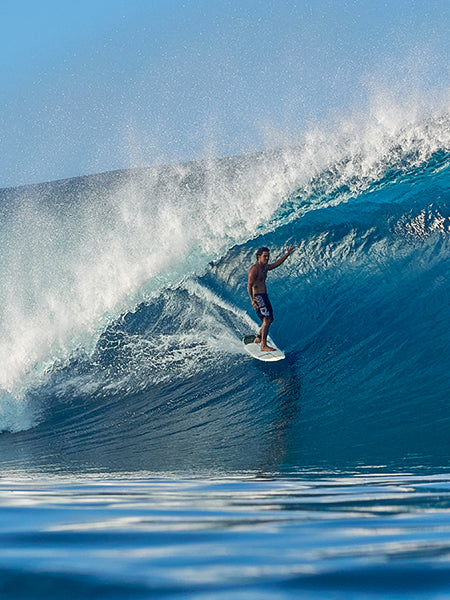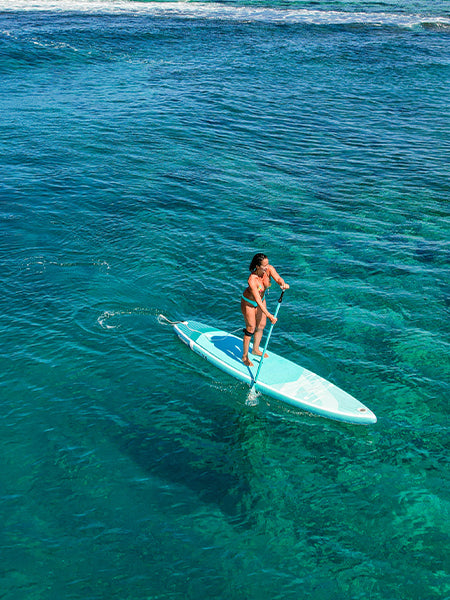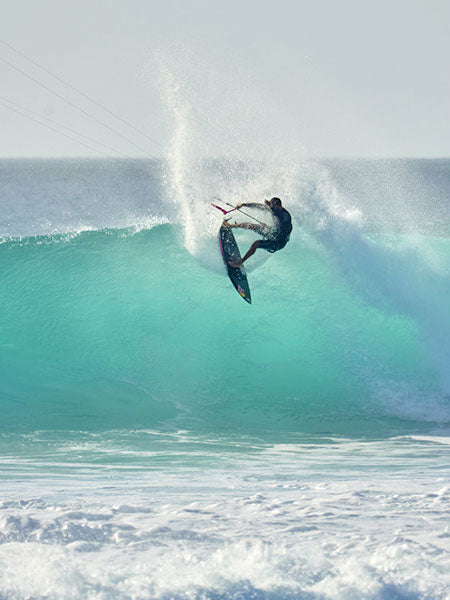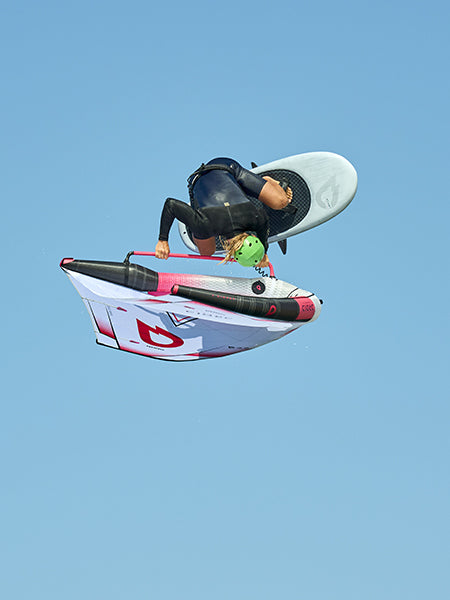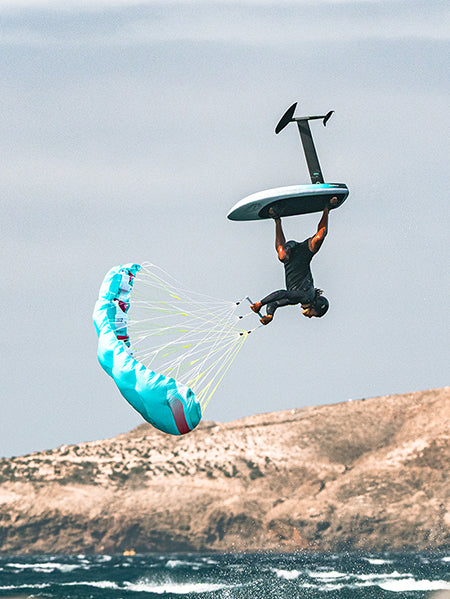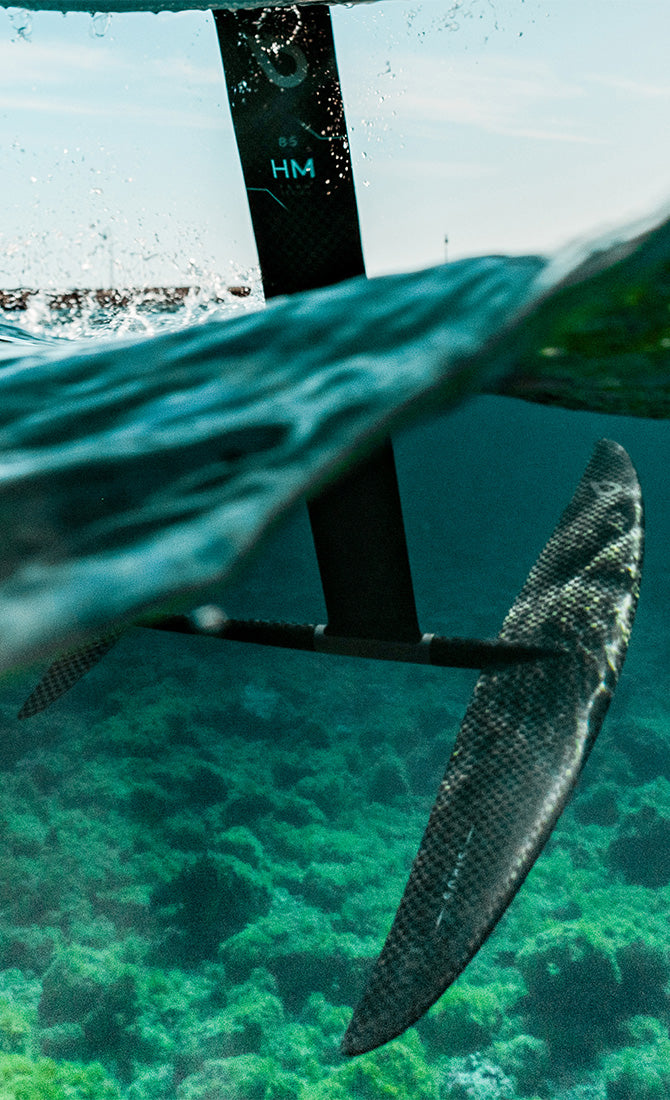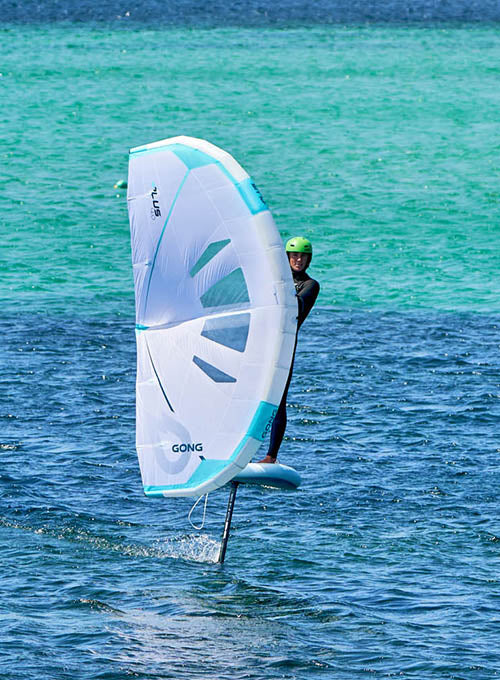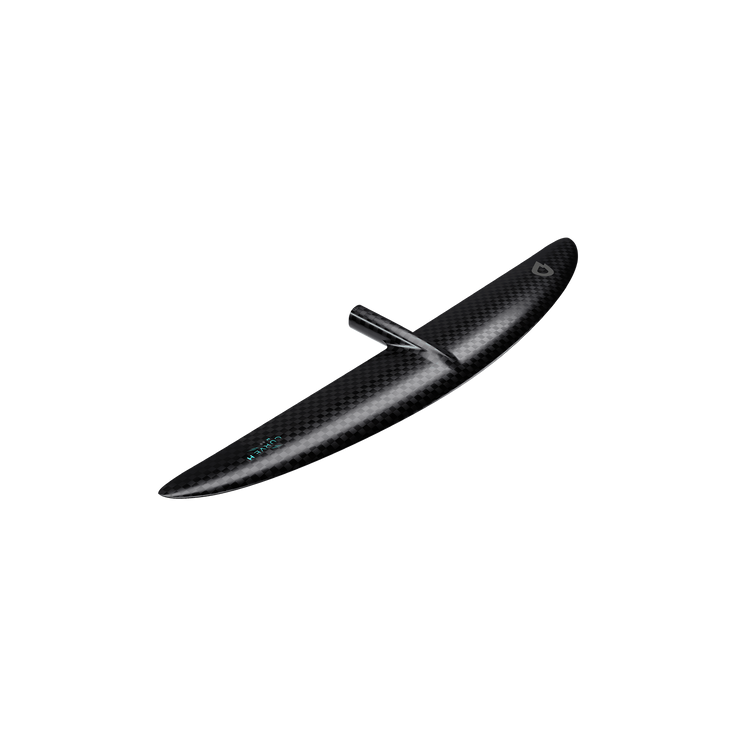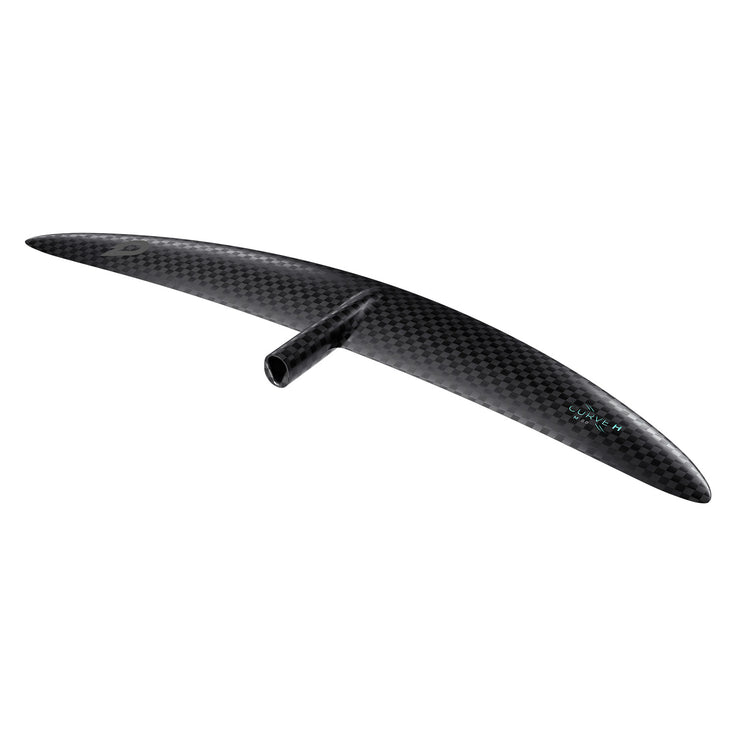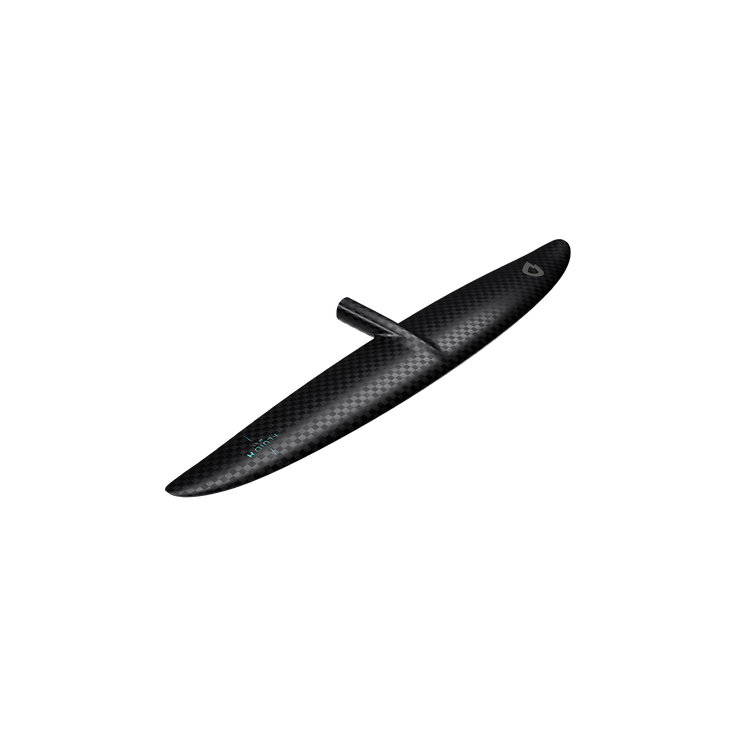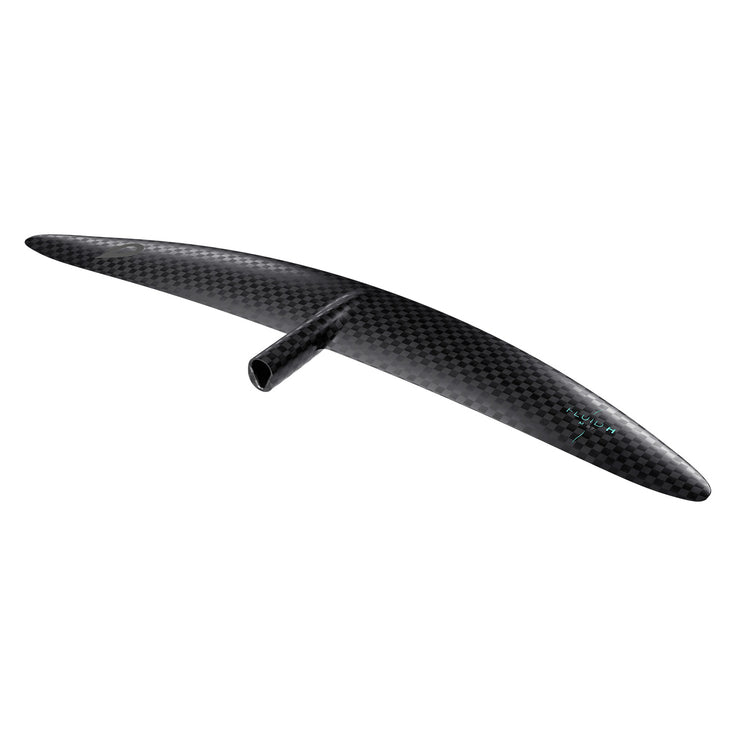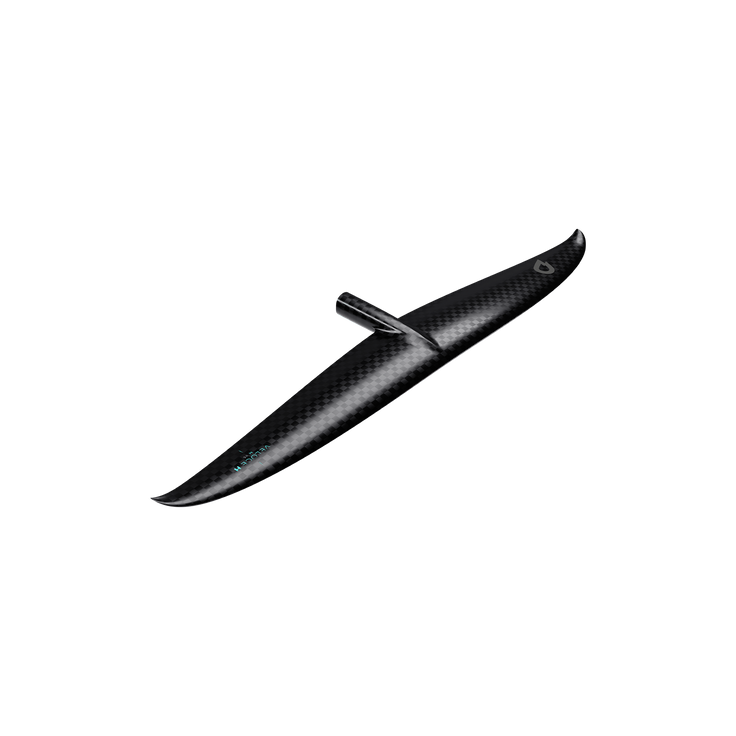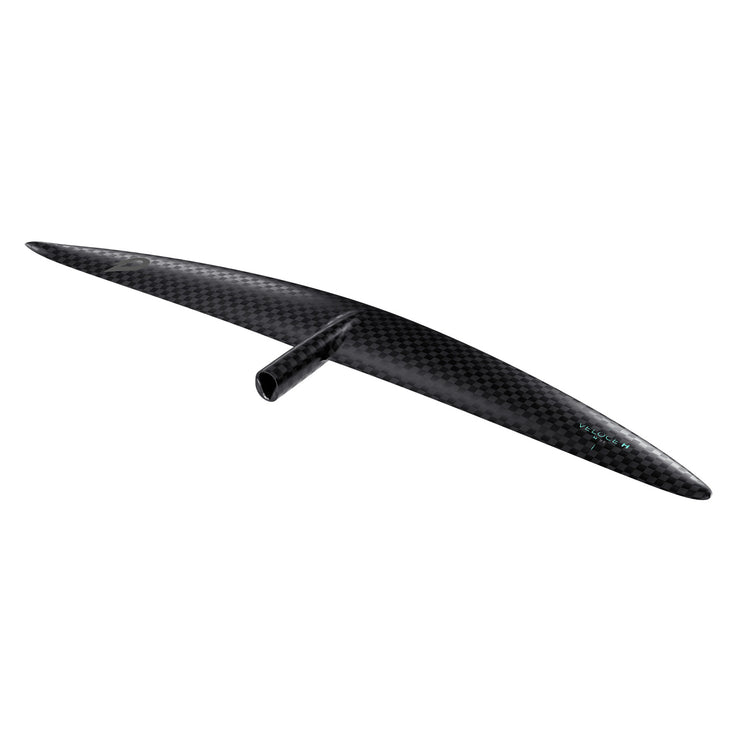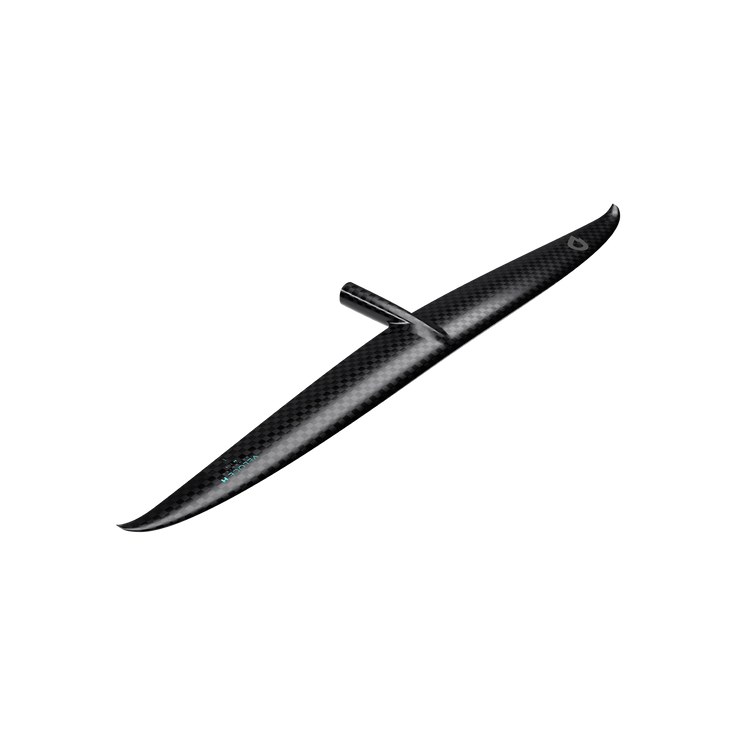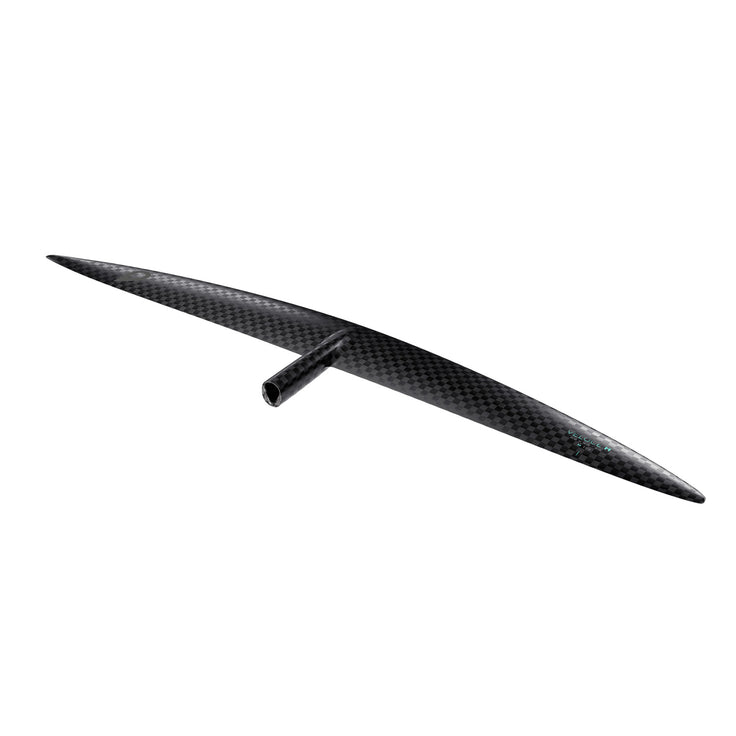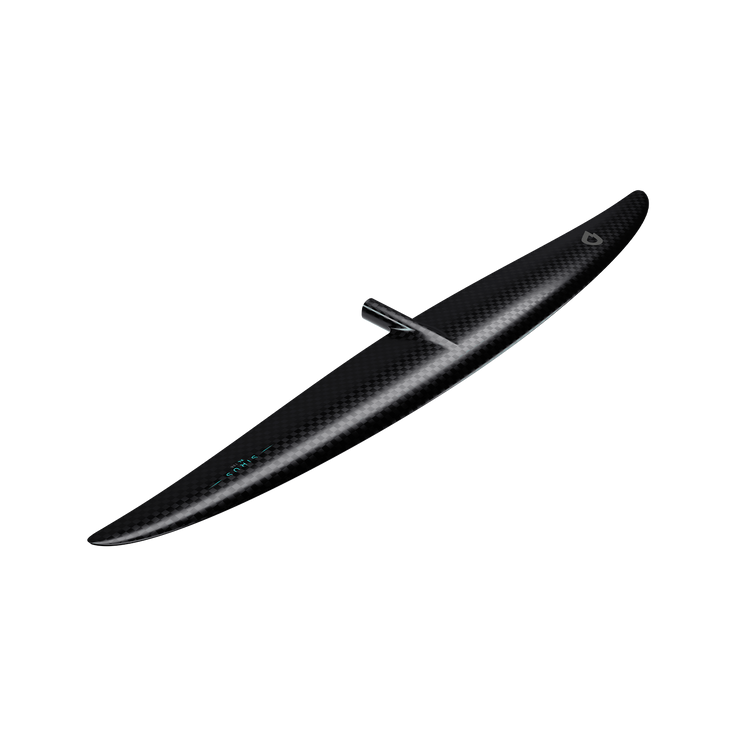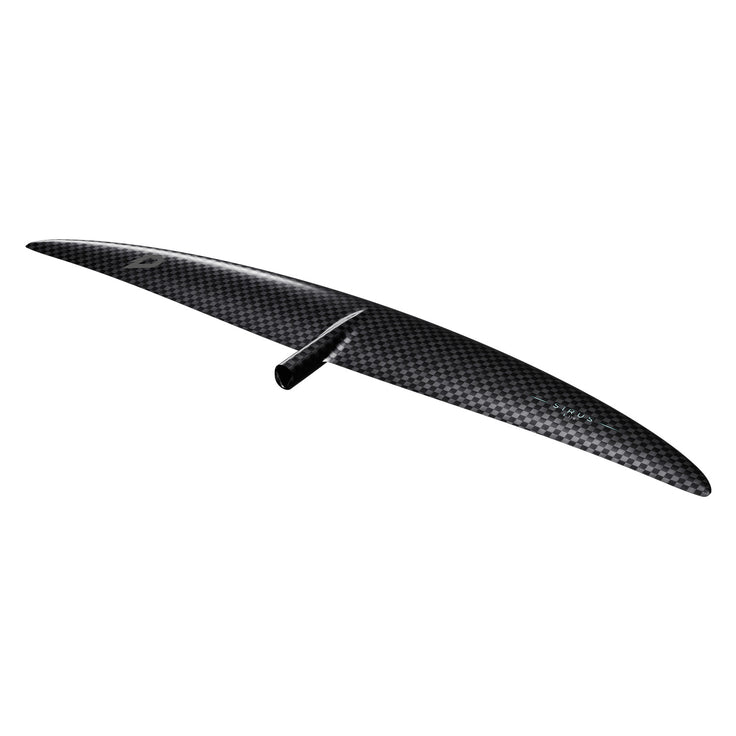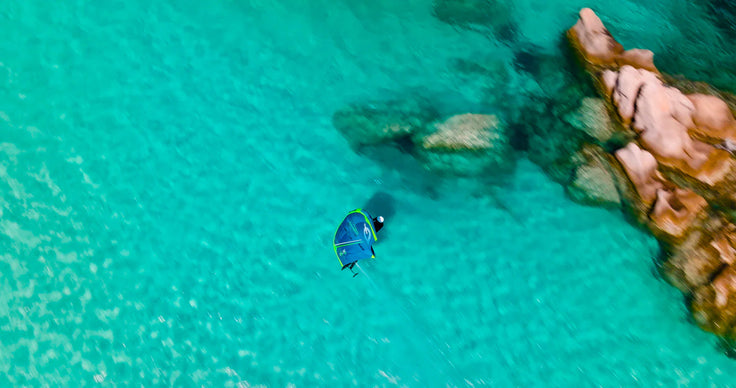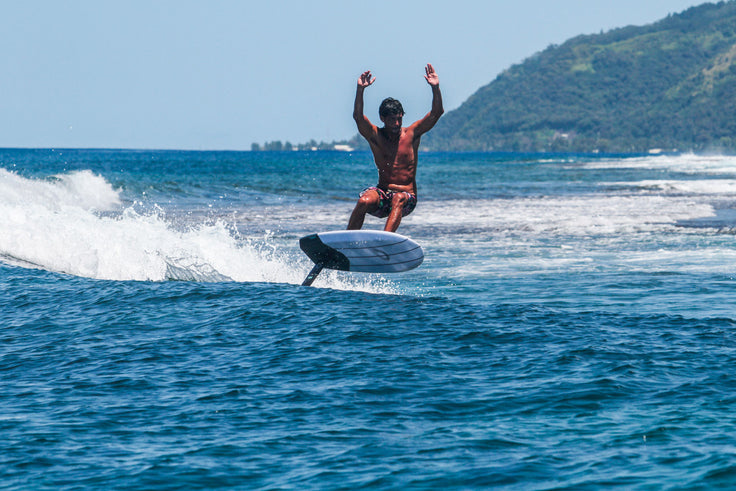GEAR: HOW FOILS WORK
- News
- Kite foil
- Lowkite
- Pumping
- SUP foil
- Surf
- Wing
Focus on three fundamental elements that rule the way your surf, SUP, wing or kite foil works.
The foil works on the same principle as an inverted airplane wing. As the foil wing moves underwater, it generates lift that elevates the board out of the water, reducing drag and allowing the board to glide smoothly. To understand how a foil flies, you need to understand these fundamental points:
- Lift and speed.
- Balance and control.
- Impact of the drag.

Wingfoiler: Clément, GONG team rider, Neutra UPE Aramid X, Cruzader Point LW FSP Pro and Sirus L setup with a Veloce V3 stab.
-
Lift and speed
The lift of a foil depends on its surface area, its shape (profile) and the speed at which it moves through the water. A larger wing generates more lift at lower speeds, which is ideal for beginners or light wind sessions.
As speed increases, the lift generated by the foil also increases, which lifts the board higher. Once the foil reaches cruising speed, it maintains a stable height according to the pressure exerted by the rider.
Your ability to fly results from the relationship between your speed and the shape of your foil. This relationship produces lift.
-
Balance and control
When you fly, the foil reacts to the pressure you put on the board. If you put more weight on the front foot, the nose of the board lowers and the foil dives slightly. On the contrary, if you put more pressure on the back foot, the nose of the board rises and the foil pitches up.
The weight distribution between the front and rear feet controls the foil's angle of attack, i.e. the way the foil splits the water. Finding this balance is essential to maintaining a constant speed and stable height.
-
Impact of the drag
Flying on the foil means no contact between the board and the water, which considerably reduces drag. This makes it possible to reach high speeds with less power from the wing or kite, or less swell power in surfing or SUP foiling. However, controlling the drag remains a key factor in foil efficiency, depending in particular on the height of flight, as the mast generates more or less drag, and on the configuration of the front wing and stabilizer.
 Surf foiler: Mathieu, GONG team rider, with a Scura EPS Pro and a Veloce H V3 setup.
Surf foiler: Mathieu, GONG team rider, with a Scura EPS Pro and a Veloce H V3 setup.
